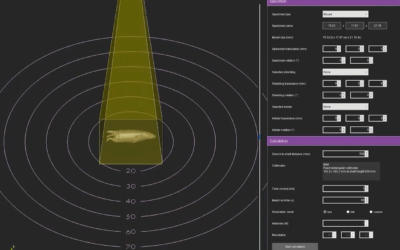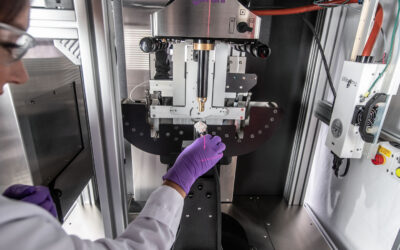The orthovoltage x-ray energy frequently used in radiation research is prone to dosimetry errors due to insufficient backscatter conditions. In many radiobiology studies, especially for cell irradiations, precise dose calculation algorithms such as Convolution-Superposition or Monte Carlo are impractical and as such, less accurate hand calculation methods are used for dose estimation. These dose estimation methods typically assume full backscatter conditions. The purpose of this study is to demonstrate the magnitude of the dose error that results from insufficient backscatter, and to provide lookup tables to account this issue. The beam spectra of several widely used commercial systems (XRAD-225, XRAD-320, SARRP) were used in Monte Carlo (MC) simulations on a series of phantom setups to investigate the impact of varying backscatter conditions on dosimetry. The depth dose curves for different field sizes, water phantom thicknesses and beam qualities were generated. In addition, depth dependent backscatter factors for different field sizes and different beam qualities were calculated. It is demonstrated that as much as a 50% dose difference exists for different backscatter conditions at the beam qualities studied. The choice of cell dish size as well as other changes in the experiment setup can have more than 10% impact on the dose. The impact of backscatter is reduced with a decrease in field size. Further, the thickness needed to provide full backscatter can be approximated as being equal to the field size. It is imperative to ensure full backscatter conditions during system and dosimeter calibration, or to use the look-up table provided in this study.
Chen Q, Molloy J, Izumi T, Sterpin E.






